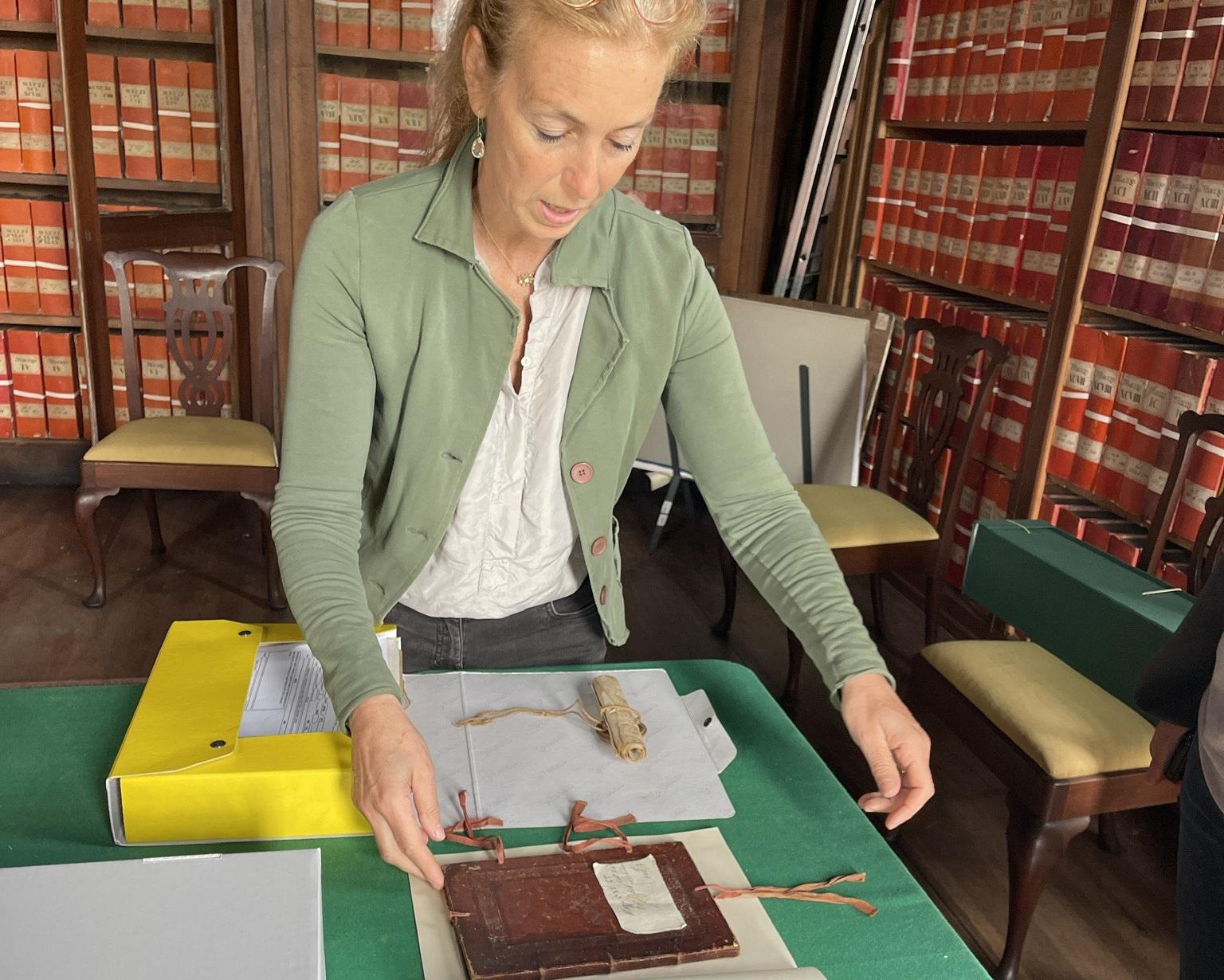The numerous private family archives of Venetian noble homes they constitute an important source for the history of the territory, especially in relation to the Republic of Venice. One of the most significant in the Veneto is that of Thiene CastleThat it bears witness to the events of four illustrious Venetian noble families from the 11th to the 20th century: i Portoi Colleonii Thiene eh Capra, clients of Palladio and Veronese. The Castello di Thiene Ets Association, which works for the promotion, valorisation and dissemination of the archive, has worked to finance the conference Family papers in the Republic of Venice between the 16th and 17th centuries which today will bring together historians from the Universities of Veneto, Friuli Venezia-Giulia and Trento, as well as the Cnr, who will study private archives and in particular those of nobles during the early modern age.
“We brought together historians from various university departments – explains Andrea Savio, professor of the DissGeA department of the University of Padua – to present the archival status quo relating to the noble life of the early modern age (16th-16th century). A photograph of topic, which can also be known and appreciated by a wider audience, such as the relationships between grandparents and grandchildren in the early modern age”.
“I strongly wanted this conference in our home – he declares Francesca di Thiene, president of the Castello di Thiene Ets Association – because the archive represents a unique opportunity to discover the thousand nuances of centuries of history preserved in documents. I believe it is important to be able to enhance what the Castle is still able to tell today: we try to do it every day through the Association and certainly the public contributions obtained so far have allowed us to invest and continue in the inventory and valorization of our heritage archival”.
“From the archive – he continues – important documents emerge which helped art historians to correctly rename two paintings by Veronese depicting Iseppo da Porto with his son Leonida (visible in the Uffizi) and his wife Livia with their daughter Deidamia (now in The Walters Art Museum in Baltimore). Clients of the great painter as well as of Palladio, the Porto family also had relations with the Estense court and from the documentation emerge some gifts that were exchanged between the two families, all rigorously registered, such as particularly valuable consignments of eels or wild hens” he recalls Francesca di Thiene That, in the footsteps of her ancestor Angelica di Thiene (who in the 18th century was involved in the organization of the archive at the time), fights for the valorization of this archival heritage. A family of very determined women, dedicated to culture, that of Thiene.
“Among the documents present at the Thiene Castle – concludes Francesca di Thiene – there are important maps which, in addition to describing the territory morphologically, outline the activities that were established there, from agricultural ones (with the various types of crops of the time) to the productive ones (from which emerges the wide chain for the production of silk, with the cultivation of mulberry trees and the breeding of silkworms, in addition to spinning and weaving)”.
The documentary heritage includes parchments, maps and drawings, letters, papal and ducal bulls, imperial privileges, account books, registers and various other materials, original and copies. Since 2018 the archive has been the subject of some important works by computerized sorting and inventoryingthanks to scientific coordination from the Bertolian Civic Library of Vicenzawhich made it possible to publish the inventories online, freely accessible in the “Bertoliana archives portal”, an innovative web platform created by Regesta.exe.
